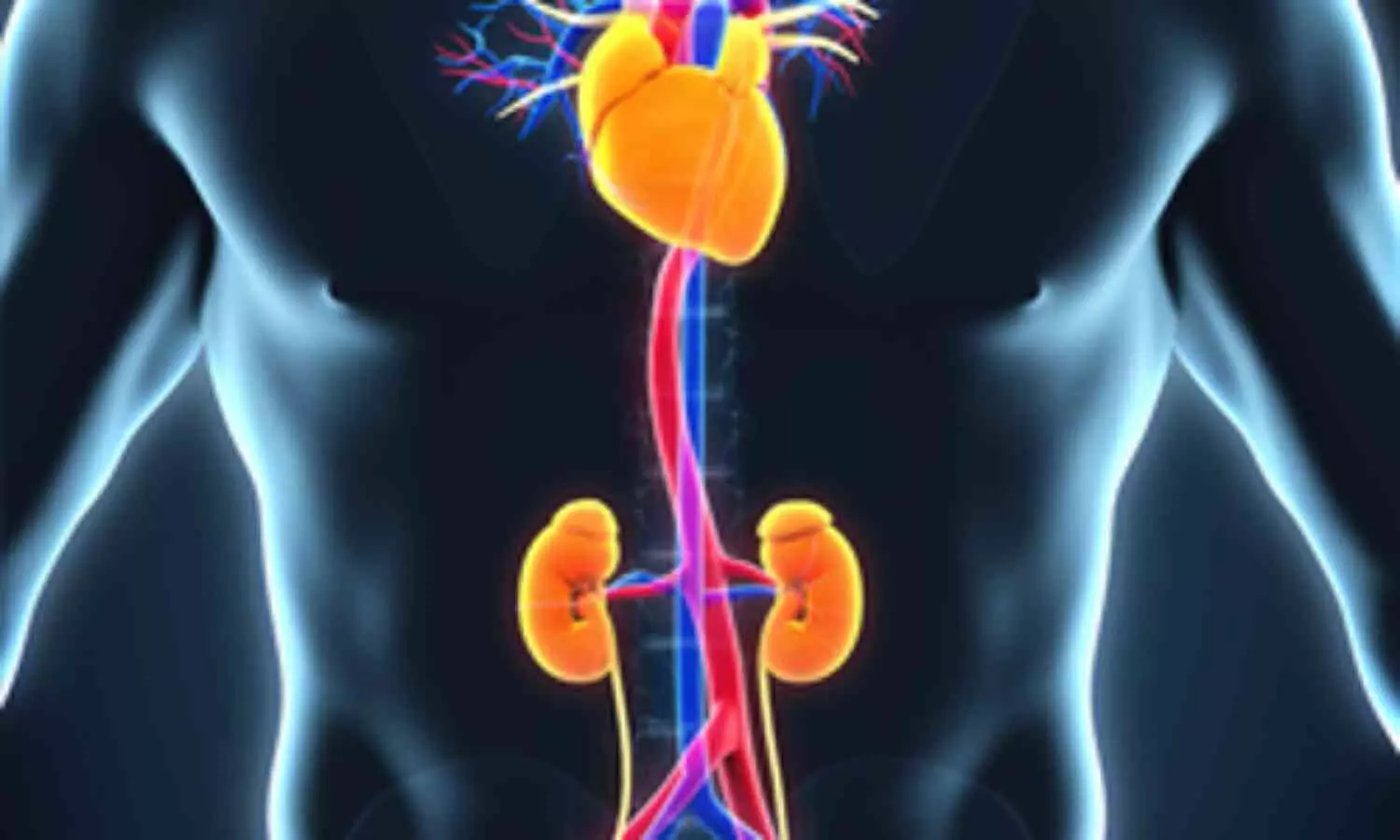80% of Aortic Aneurysm Rupture Cases Fatal Before Reaching Hospital: Doctors

New Delhi: As Tamil megastar Rajinikanth was successfully treated for swelling in his aorta, the main blood vessel leaving his heart, health experts on Wednesday highlighted that eight out of 10 individuals with a ruptured aortic aneurysm do not survive long enough to reach the hospital, according to doctors.
An aortic aneurysm is a life-threatening condition where the aorta, the body’s largest artery, becomes enlarged by more than 1.5 times its normal size. As per IANS, this condition often progresses without noticeable symptoms until a rupture occurs, leading to severe complications.
According to Dr. Sanjeeva Kumar Gupta, Consultant, Department of Cardiology at C.K. Birla Hospital in the national capital, while aortic aneurysms are typically symptomless, if they dissect or rupture, they can cause severe chest, abdominal, or back pain, and lead to life-threatening internal bleeding.
Risk factors contributing to aortic aneurysms include smoking, heavy alcohol use, hypertension, and advanced age, as per IANS.
Treatment for aortic aneurysms generally involves surgery, with options including open surgery or the minimally invasive endovascular aneurysm repair (EVAR).
Dr. Krishna Chaitanya, lead consultant in vascular and endovascular surgery at Aster RV Hospital, Bengaluru, pointed out that, unfortunately, most aneurysms remain undetected until they rupture. As per IANS, only a fortunate few have their condition discovered incidentally during unrelated CT scans or ultrasound examinations.
"Some studies estimate that about 12 percent of adults over the age of 65 suffer from aortic aneurysms, though a lower percentage is seen in younger individuals," Dr. Chaitanya told IANS.
Several cases of sudden death are mistakenly attributed to massive heart attacks or natural aging, but the actual cause may be an undiagnosed aortic aneurysm. According to IANS, it is estimated that eight out of 10 individuals with a ruptured aortic aneurysm do not survive long enough to receive medical care.
"It is said that eight out of 10 individuals with a ruptured aortic aneurysm do not reach the hospital alive. At present, active aortic aneurysm screening is the only way to detect aortic aneurysm in the population 'at risk'," Dr. Chaitanya noted.
The private hospital in Chennai where Rajinikanth was treated reported that he had a swelling in his aorta, which was treated using a nonsurgical transcatheter method. As per IANS, this procedure, called EVAR, involves placing a stent graft through a small incision to reinforce the weakened area of the aorta and prevent rupture.
For smaller aneurysms or patients who are unfit for surgery, medical therapy focuses on managing risk factors such as high blood pressure and cholesterol, alongside regular ultrasound monitoring. As undetected and untreated aneurysms can have devastating consequences, many developed countries, including the UK, have incorporated aortic aneurysm screening into their national health systems. For example, according to IANS, the NHS in the UK sends a screening invitation to every man after his 64th birthday.


